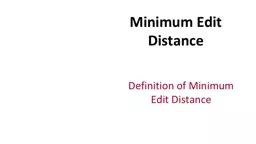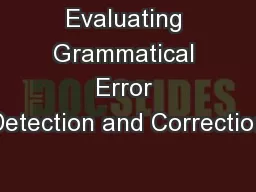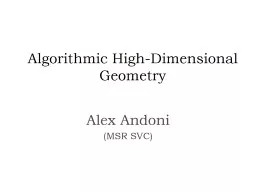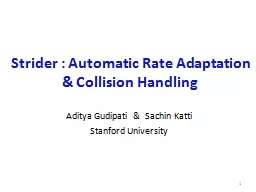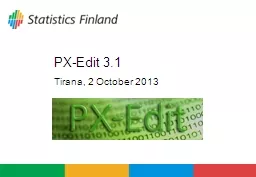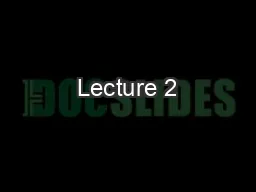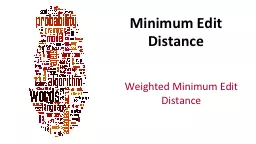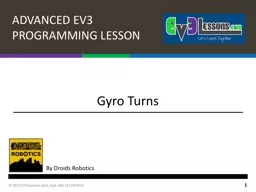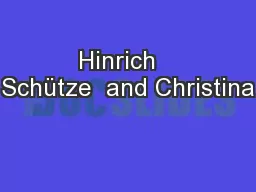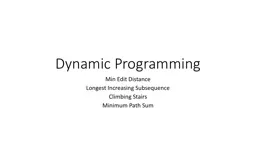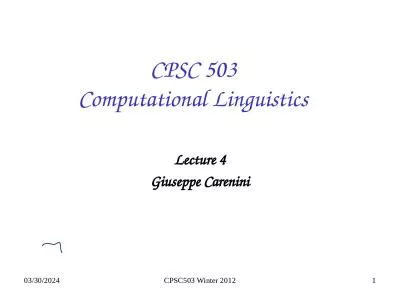PPT-Minimum Edit Distance
Author : liane-varnes | Published Date : 2019-11-08
Minimum Edit Distance Definition of Minimum Edit Distance How similar are two strings Spell correction The user typed graffe W hich is closest g raf g raft grail
Presentation Embed Code
Download Presentation
Download Presentation The PPT/PDF document "Minimum Edit Distance" is the property of its rightful owner. Permission is granted to download and print the materials on this website for personal, non-commercial use only, and to display it on your personal computer provided you do not modify the materials and that you retain all copyright notices contained in the materials. By downloading content from our website, you accept the terms of this agreement.
Minimum Edit Distance: Transcript
Download Rules Of Document
"Minimum Edit Distance"The content belongs to its owner. You may download and print it for personal use, without modification, and keep all copyright notices. By downloading, you agree to these terms.
Related Documents

